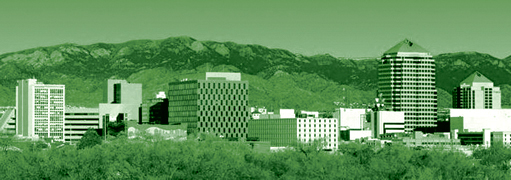Recession By Race: Economist Says Job Losses Have Been Hard On The State’s Hispanics
Economist Says Job Losses Have Been Hard On The State’s Hispanics

Latest Article|September 3, 2020|Free
::Making Grown Men Cry Since 1992



